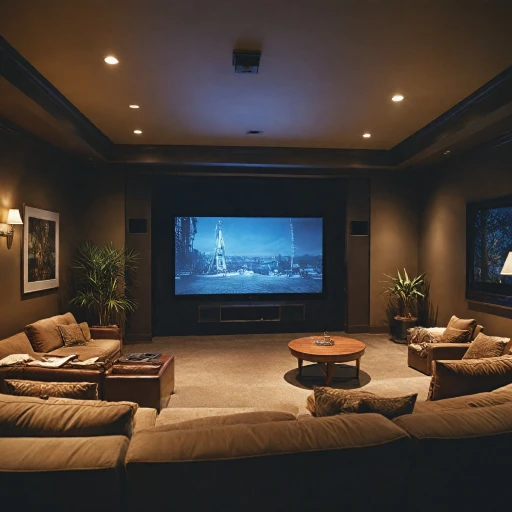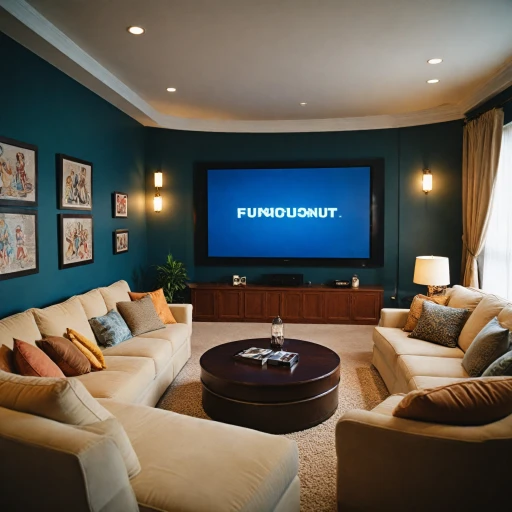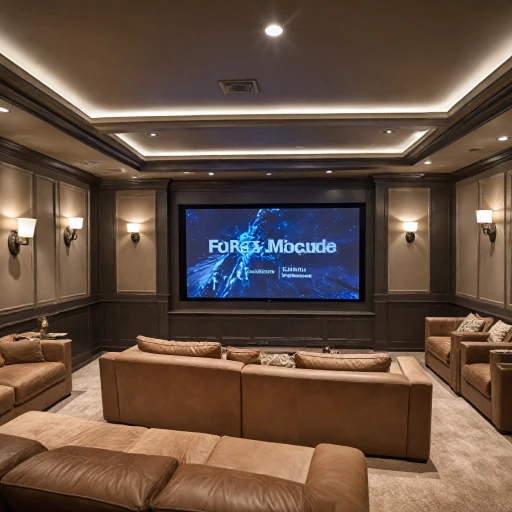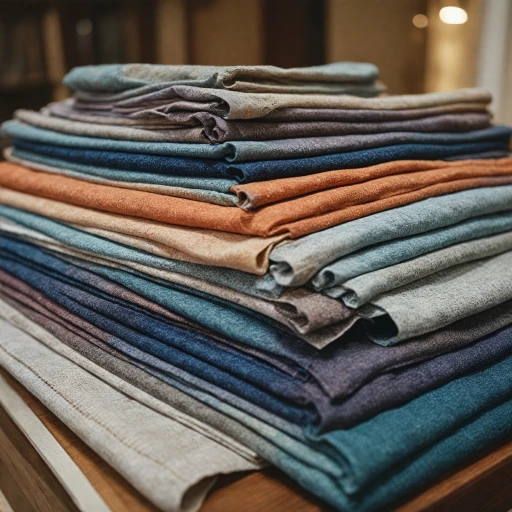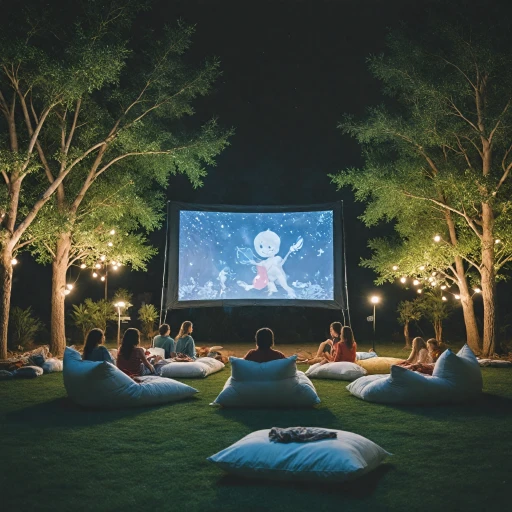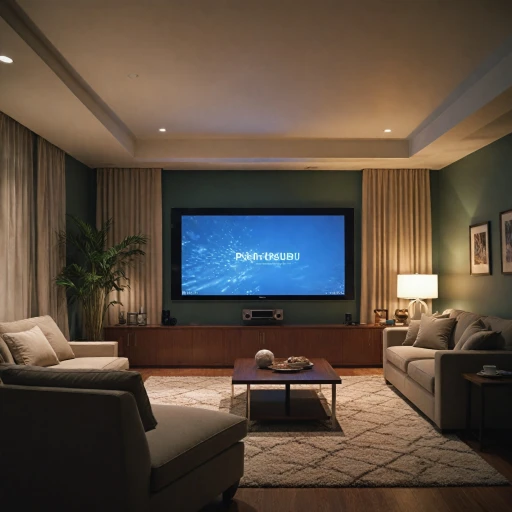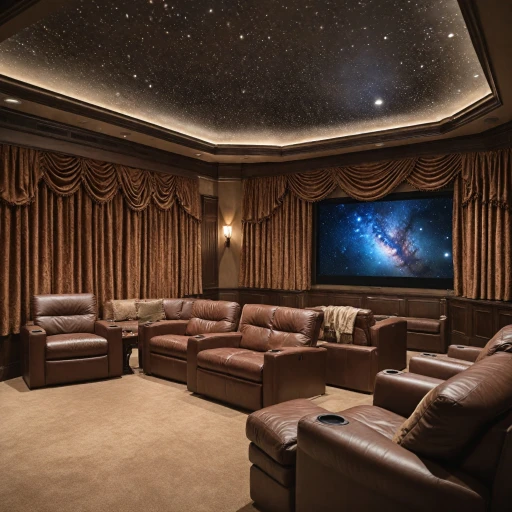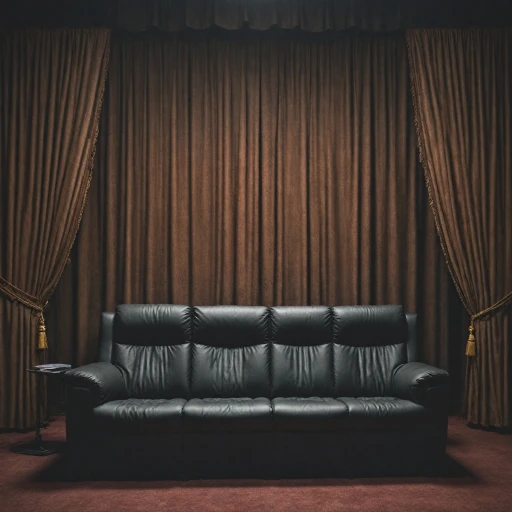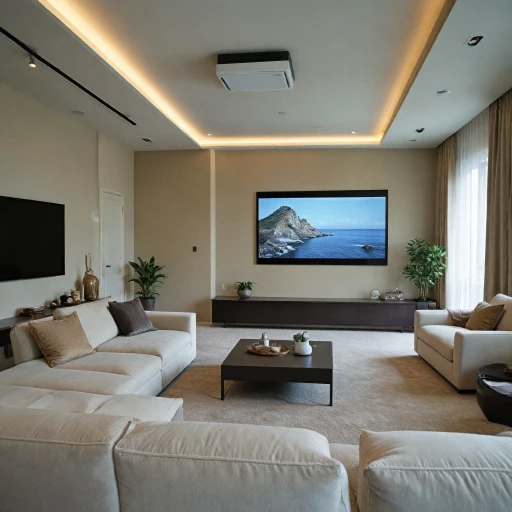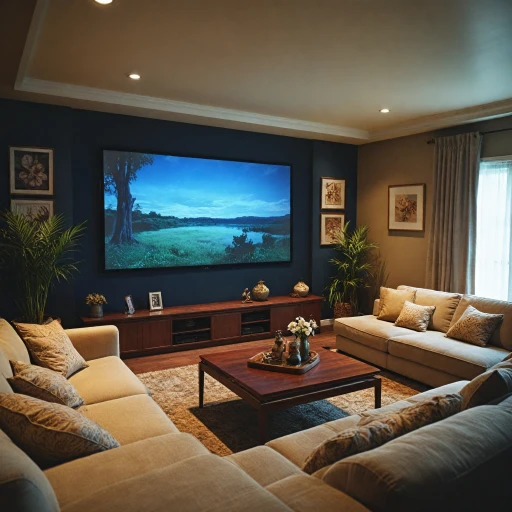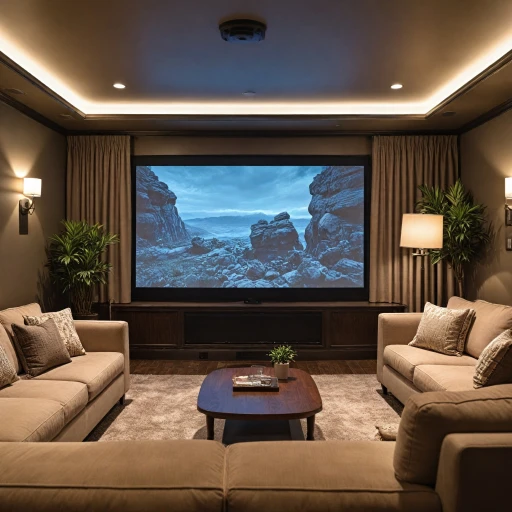Understanding the Importance of a Fixed Screen
Why a Fixed Screen Makes a Difference
Creating a dedicated space for viewing with a projector means considering multiple elements, and a fixed projection screen is one of them. While there are numerous options available, a fixed screen offers a range of benefits that elevate your home theater experience.
One of the major advantages of fixed screens is their consistency. Unlike retractable screens, fixed screens are tensioned over a sturdy frame, ensuring a perfectly flat surface that enhances the picture quality and clarity. This absence of waves or distortions makes fixed screens particularly suitable for HD and 4K content, especially when paired with projectors designed for ultra-high definition viewing.
Furthermore, fixed screens typically feature a higher screen gain. This is particularly important in ensuring that light is efficiently reflected towards the viewer, maximizing brightness and maintaining picture sharpness across wide viewing angles. Options like light rejecting screens or silver gain screens also permit usage in rooms with some ambient light, which means you don’t have to completely darken your space during a daytime movie marathon.
The robustness of a fixed frame ensures longevity and durability, making an investment in such screens worthy even if their regular price is somewhat higher than retractable alternatives. Popular choices like the Elite screens series on sale often attract buyers who are looking for both quality and competitive price points in the current market.
In the subsequent sections, considerations regarding screen material and installation tips will be explored to further enhance this entertainment setup. So, if you're serious about creating an immersive viewing zone, a fixed frame projector screen could be the key component.
Comparing Fixed Screens to Retractable Options
Evaluating Fixed Screens Against Retractable Options
When selecting a projector screen, one crucial decision is whether to opt for a fixed frame configuration or to consider a retractable model. While both options offer unique benefits, understanding their differences can guide you in maximizing your home theater investment.
Fixed screens stand out for their durability and optimal material tension, providing a consistently flat surface that enhances image clarity. This characteristic is especially noticeable with ultra HD projectors that benefit from screens free of any wrinkles typically seen in roll-away models. The rigid structure of a fixed frame also locks the screen in position, ensuring a perfect alignment that’s not subject to imbalances from folding or movement.
In terms of cost-effectiveness, fixed screens generally have a competitive price point, although high-end series like the elite screens and Stewart WallScreen might command a higher regular price due to their premium materials and technology such as light rejecting features.
Retractable screens, on the other hand, can be more versatile for those who need to save space or intend to conceal the screen when not in use. However, frequent users often find fixed screens more convenient for a dedicated theater room because they eliminate setup time and preserve the quality of high-resolution content, much appreciated in HDR ready environments.
When considering an upgrade, it's crucial to reflect on your specific needs—whether your priority is a permanent home theater installation or a more flexible setup. For additional variety in your screening space, you might also want to explore the possibilities with alternative screen arrangements.
Choosing the Right Material for Your Fixed Screen
Prioritizing the Right Screen Material
When selecting a fixed frame projection screen for your home theater, choosing the right material is crucial to enhance viewing experience. The material should complement your projector's capabilities and the room environment. Here are key considerations to guide your decision:
- Gain: The gain of a projection screen dictates the brightness of the image. Higher gain materials, often marketed as 'light rejecting,' amplify brightness, beneficial for settings with ambient light. However, a balanced gain of 1.0 to 1.3 is typically ideal for a standard home theater setup.
- Color Choices: Screen colors, such as white, gray, and silver, influence contrasting ratios and viewing angles. For a projector in a dark room, a white screen is optimal. Conversely, gray or silver offers better contrast in higher ambient lighting conditions.
- Material Type: Fixed screens often feature materials like ultra HD-ready fabrics to complement the quality of projectors you might use, ranging from short throw to ultra-short throw options. Options like ALR (ambient light rejecting) add an extra dimension by minimizing light interference. Elite Screens include various materials in their series, designed to meet different needs.
- Acoustically Transparent: If sound quality is paramount, consider acoustically transparent materials which allow sound from speakers placed behind the screen to pass through, without distortion. This option is favorable for setups where seamless audio-visual integration is desired.
- Longevity: Investing in high-quality materials ensures durability and maintains image integrity over time, granting a substantial return on your investment compared to often replacing due to wear.
Choosing the right screen material can greatly influence the visual outcome of your home theater. It aligns with optimizing your projector's full potential and adapts to your viewing conditions. For further insight on fixed screen setups, you might explore the perfect stand for your home theater projector, a resourceful complement to maximizing your setup.
Installation Tips for Fixed Screens
Proper Installation Techniques for Optimal Viewing
When setting up your fixed projection screen, precise installation is key to ensuring the best viewing experience. The frame, often comprised of elite materials like aluminum or sturdy alloys, needs to be level and well-secured to the wall. This ensures that the projector screen remains taut and free of wrinkles, which can distort the projected image. Consider the distance between the projector and screen. For short throw and ultra short throw projectors, placement is crucial to avoid overshooting the screen. Ensure that the projector aligns perfectly with the screen, both horizontally and vertically, to prevent keystone distortion and maintain image integrity. Moreover, the height of the screen is significant. Position your screen so that the center aligns with seated eye level. This minimizes neck strain and maximizes comfort, whether you're enjoying an HDTV series or an ultra HDR movie night.Choosing the Perfect Location
Picking the ideal spot for your fixed frame is also about considering ambient light. To avoid washed-out images, place your screen in a location where you can control the light, or opt for screens with ambient light rejecting (ALR) features. When a room is not perfectly dark, a screen with enhanced gain properties can improve image brightness without compromising color accuracy. If your viewing area interacts with multiple light sources, an ALR projector screen can benefit by enhancing contrast and keeping pesky reflections at bay. For home theater enthusiasts eyeing the price elite range, elite screens offer exceptional quality models. These are often available at competitive sale prices that enhance value without breaking the bank. Whether part of a grand theater setup or a more intimate home space, ensuring the screen's secure and optimal installation will set the foundation for a captivating home cinema experience every time.Maintenance and Care for Your Fixed Screen
Proper Cleaning and Care Techniques for Fixed Screens
Maintaining the integrity and longevity of your fixed projector screen is crucial in ensuring a consistently high-quality viewing experience. Just like any other component of your home theater setup, your screen requires regular attention and proper care to maintain its optimal performance. Here's how to keep your screen in top condition:- Avoid Harsh Chemicals: When cleaning your fixed frame screen, it's important to steer clear of abrasive cleaners or harsh chemicals, as these can damage the screen material. Instead, use a soft cloth dampened with a mild cleaning solution or a 50/50 mixture of water and isopropyl alcohol.
- Gently Remove Dust and Debris: Regularly dusting your screen is the simplest way to maintain its clarity. Use a microfiber cloth or a similar soft, lint-free towel to gently remove any dust, being careful not to apply too much pressure which could affect the material finish and gain properties.
- Addressing Stubborn Stains: For more persistent marks, lightly moisten your soft cloth before gently dabbing at the stain. Avoid scrubbing as it might disrupt the screen's surface. Consistency over time will protect the ambient light rejecting capabilities of high-end screens, such as Stewart Wallscreen or Elite Screens.
- Frame Maintenance: Pay attention to the fixed frame structure. Over time, dust accumulation or minor scratches can occur on the frame. Clean with a damp cloth periodically, ensuring to dry thoroughly to prevent water from permeating into the frame material.
- Consistency in Care: Establish a routine to regularly inspect and maintain your screen, particularly if you are utilizing technology like ALR projector screens or high-gain materials. This is especially significant for setups aimed at ultra HDR experiences under ambient light conditions.
Maximizing Your Viewing Experience with a Fixed Screen
Taking Your Viewing to the Next Level
Maximizing your viewing experience with a fixed screen isn't just about choosing the right screen — it's about considering all the elements that contribute to an immersive atmosphere.- Align with Your Projector: To get the most out of your fixed frame screen, it’s essential to align it with the specifications of your projector. Whether you have a short throw or ultra short throw projector, ensuring compatibility in terms of resolution and throw distance can effectively enhance that theater-like experience at home. Elite screens, for example, offer a range of options specifically suited for different projector models.
- Maintain Optimal Lighting Conditions: Ambient light can seriously undermine the quality of your projection. Investing in an ambient light rejecting (ALR) screen can significantly elevate the picture quality, especially in rooms that aren't perfectly dark. A fixed projection screen with ALR technology, like a silver or gray-colored screen, will help to maintain vibrant colors and deep contrasts, even in bright environments.
- Choose the Right Gain: The gain of a screen affects how light is reflected and impacts the brightness of the image. A higher gain works well in light-controlled environments, whereas a lower gain could be advantageous in rooms with more ambient lighting. Fixed screens often come in various gain levels to suit your viewing needs and environment, making it easier to achieve that HDR-ready look.
- Regular Maintenance for Longevity: Keeping your screen pristine is critical for consistent quality. Regularly dusting the surface and gently cleaning it as needed can prevent any degradation in picture quality. Fixed frame screens may also need periodic tightening to ensure they remain drum-tight and wrinkle-free.

